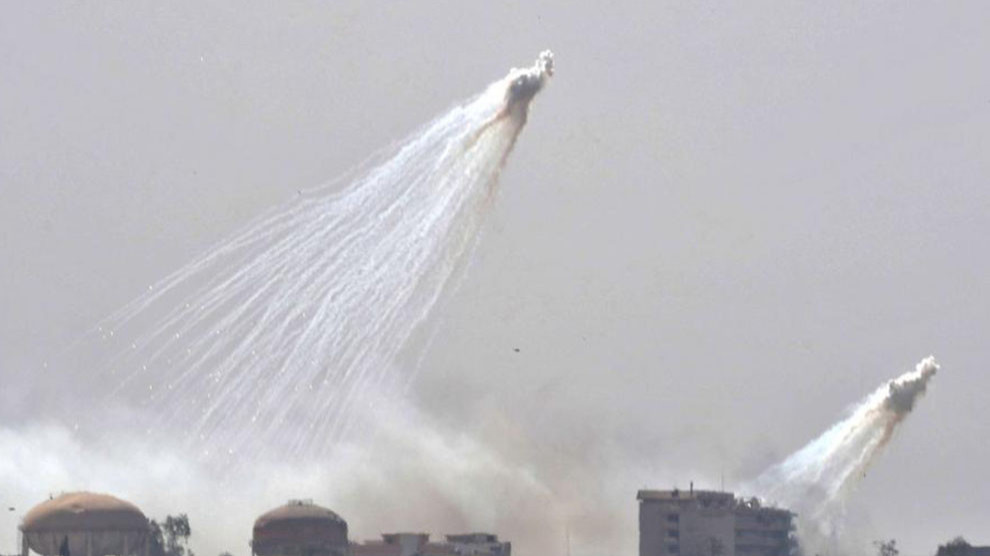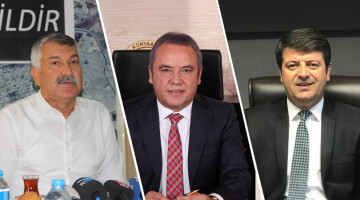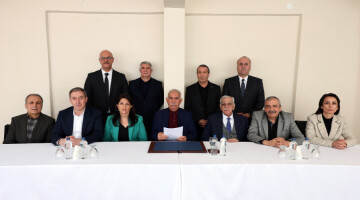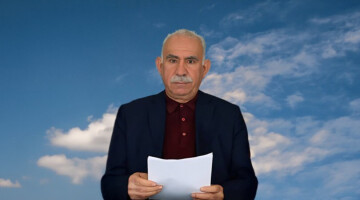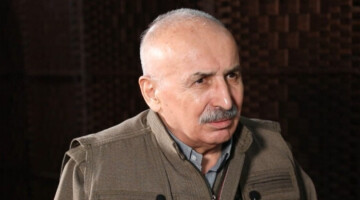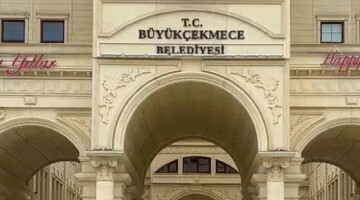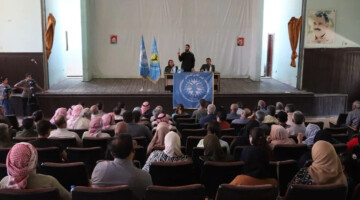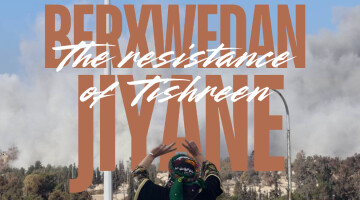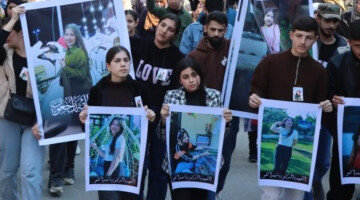Swedish-Iranian doctor Abbas Mansouran, who has extensive experience with chemical weapons, works as a volunteer in Rojava. He has written a report in which he describes the use of chemical weapons by the Turkish army in Rojava.
The report by Mansouran reads as follows:
I came as a medical volunteer from Sweden to help treat those affected by war in Rojava. On October 13th 2019 I joined the medical staff in the main hospital of the Syrian city of Heseke to help the injured and be in close contact with patients. In my time there I have met many patients with severe burns which I would consider abnormal based on my experiences as founder and as the responsible of Hospital Acquired Infection control committee (HAI CC) at the university hospital of Shiraz, Southern Iran. My experiences go back to the first half of the Iran-Iraq war (1980s), including working in the burn’s unit.
The shape and appearance of burns injuries I have treated here in Rojava are clearly very different from typical burns. It was immediately apparent to me that they were specifically manifestations of chemical weapon use. They show that Turkish Armed Forces have been using chemical munitions. I can emphasize that white phosphorus other some other unknown chemical such as Dense Inert Metal Explosive (DIME) munitions were used in October in Rojava.
We have so far admitted hundreds of patients, mostly civilians including children, women and men with severe injuries as a result of attacks by Turkey and their islamist proxy forces the cities of Serê Kanî (Ras al-Ain), Girê Spi (Tel Abyad) and surrounding villages. In total around 30 victims, mostly civilians, were admitted to Heseke’s main hospital with these severe and unusual burns and smoke injuries to their faces, ears and other areas. The burn types I have witnessed here are very different to those I would expect to have been caused by anything other than a chemical incendiary weapons like white phosphorus. From my experiences I believe therefore that the Turkish Armed Forces have used chemical weapons against women and children in civilian areas.
White phosphorous munitions can adhere to clothing and deeply penetrate skin, causing severe and often fatal burns to the bone. They continue to burn even when deprived of atmospheric oxygen and do so until complete depletion of the phosphorous material. This chemical can cause heart, liver, and kidney damages, and inhalation of white phosphorus smoke may cause fatal respiratory issues.
Features of victims
1. Most of the victims we admitted were civilians
2. All the patients I visited reported that they had been victims of munitions dropped or fired from unmanned drones in different places and in different attacks.
3. Most patients reported 2 airstrikes, with bombs dropped one after another.
4. The injuries were black in appearance, deep, variable in size, and consisted of multiple spots.
5. The victims had been covered by a cool smoke.
6. Pieces of bombs which have adhered to skin caused spots which looked like droplets.
7. Some of the injured had breathing problems.
8. Smoke had settled over bodies with the appearance of charcoal dust.
9. At least 6 patients had very severe eye burns.
10.Hair and eyebrows were unburned but some deep spots in different size were considerable.
11.The burns had no signs of foreign particles.
12.Most of patients developed life threatening infection by multi-resistant superbacteria such as Pseudomonas spp, E.coli and MRSA.
13.Some victims had lost their arms or legs.
14.All victims suffering from a kind of neurotoxicity manifested in peripheral nerves and were irritable and painful sensitive feeling when I touched even the unburned skin.
15.Some victims exhibited hearing loss.
16.Most of them exhibited symptoms similar to those attained from landmines, but no evidence of shrapnel in the wounds was observed.
17.Some of the injured required laparotomy, lung and urinary catheterization.
18.Of the hundreds of patients I met, around 30 with above mentioned manifestations were observed.
The Turkish Armed Forces may have used another different kind of chemical bombs similar to Dense inert metal explosive (DIME) bombs. This Tungsten alloy bombs consist of micro shrapnel 1-2 mm of heavy metals as cobalt. tungsten and nickel powder in a micro fibers. The features of injuries by DIME are very similar to white phosphorous munitions and are often fatal.
The carcinogenic effects of heavy metal tungsten alloys (HMTA) (along with depleted uranium [DU]) have been studied by the U.S. Armed Forces since at least the year 2000. These alloys were found to cause neoplastic transformations of human osteoblast cells.
Rhabdomyosarcoma a tissue cancer is also reported to be caused by DIME bombs.
In 2009, a group of Italian scientists affiliated with the New Weapons Research Committee (NWRC) watchdog group pronounced DIME wounds "untreatable" because the powdered tungsten they dispense cannot be removed surgically.
Because of the severity and life-threatening situations of injured and shortage of medical care in Rojava we had to transfer most of the injured to hospitals in Iraqi Kurdistan. These patients should be followed up for any carcinogenic and other complications effects.
The names, dates and locations of attacks, and all above statements are documented and available on request.”
RELATED NEWS:

